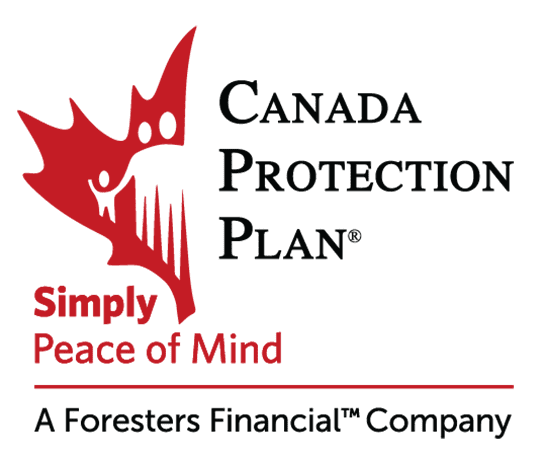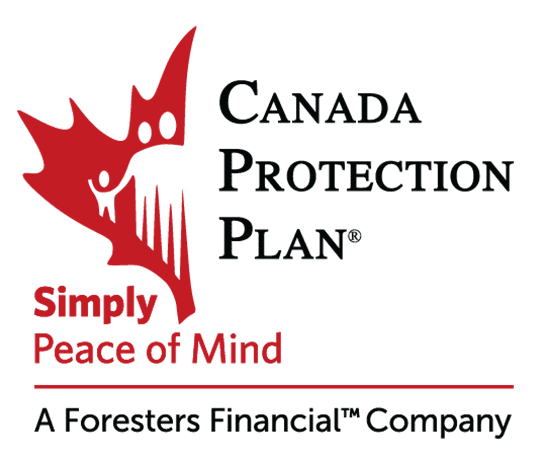
November is FLM, not to be confused with FML – though many of us sometimes feel that way about money.
FLM stands for Financial Literacy Month. It’s no surprise we have awareness days and months for pretty much everything. National Play Monopoly Day is November 19 (mark your calendar!).1All jokes aside, we often need a nudge when it comes to taking care of the important things in life, such as our health, family, and money.
November is the perfect time to take a critical look at our finances. It allows us to review and evaluate our spending and saving habits over the past eleven months. It also allows us to plan and create a budget for the upcoming holidays (and hopefully stay within it) as well as draft financial goals for the new year, which is just around the corner.
Here are some statistics that emphasize why financial literacy should be a top priority for Canadians year-round.
Over 73% of Canadians have some type of outstanding debt or have used a payday loan in 2019.2 Household debt represented 177% of disposable income in 2019.2 We spend more than we earn.
4 in 10 Canadians report that they are concerned about money daily and less than half of Canadians have a budget.3 Nearly 6 out of 10 Canadians do not know how much money to save for retirement.3
Financial worries can also impact our health and strain relationships with loved ones – money is one of the top reasons for getting a divorce.4 Are you stressed or losing sleep over your finances? You are not alone; one survey finds that 43% of Canadians are financially stressed.5
FLM to the rescue
Launched by the Financial Consumer Agency of Canada (FCAC), Financial Literacy Month aims to help Canadians manage their money matters. Last year’s theme was how to manage your money in challenging times.6 The ongoing pandemic has left many feeling uncertain due to job loss, or retirement savings and investments being impacted by COVID-19.
In 2021, Financial Literacy Month focuses on a renewed National Financial Literacy Strategy, the importance of building financial resilience in challenging times, and the growing digital economy. This November is packed with events and resources for all: newcomers, seniors, young adults, entrepreneurs, students, and parents. Topics range from budget management, retirement planning, fraud prevention, taxes, and much more. Whether you are a beginner or more experienced with managing your finances, there’s an event for you. Check out the calendar for a virtual or in-person event near you.
With the help of practical tips and interactive tools, you can feel more empowered and in control of your finances while working towards achieving your goals – whether those are eliminating debt, purchasing a dream home, retiring comfortably, saving for the new iPhone, or booking a much needed vacation.
This year’s FLM resource focus on keeping track of your money, managing debt, saving for the future, digital financial products and services, and where to find information when you need it. To learn more about each, click here.
A variety of interactive tools can help you to plan effectively, such as a:
- Budget Planner
- Financial Goal Calculator
- Mortgage Calculator
- Retirement Income Calculator
- Credit Card Payment Calculator
To access the full list of tools, click here.
50-30-20 Budget rule
If you are new to budgeting, this easy-to-use rule can help put things into perspective. Popularized by U.S. Senator Elizabeth Warren, the rule states that 50% of your net income should be spent on needs, 30% on wants, and the remaining 20% on savings.7 Let’s learn more about each category:
Needs – 50% of your budget should go towards essentials such as food, mortgage or rent payments, debt repayment, utilities, insurance, and transportation to and from work.
Wants – 30% should include dining out, streaming subscriptions, trips to the movies, shopping sprees, and travel. “Wants” can make our life more entertaining.
Savings – 20% of your net income should be allocated to saving and investments, such as a TFSA, RRSP, and creating a backup budget.
TFSA
If you haven’t already, opening a Tax-Free Savings Account (TFSA) is smart financial move. A TFSA makes saving a whole lot easier! Launched in 2009, a TFSA allows Canadians who are 18 and older with a valid social insurance number put money aside tax-free. Any contributions and income earned in the account (such as investments and capital gains) are tax-free, even when withdrawn.8
Canadians who have never contributed to a TFSA and who were at least 18 years of age in 2009 can add up to $75,500 in a TFSA. This year’s contribution limit is $6,000. For a full breakdown of the contribution room by year, click here. Keep in mind that there is a penalty of 1% per month for over-contributions to a TFSA.
Setting money aside in a TFSA makes sense if you are saving for short- or long-term goals due to the flexibility of withdrawals.
RRSP
Launched in 1957, the Registered Retirement Savings Plan (RRSP) helps Canadians save for retirement. You can set up an RRSP through a financial institution such as a bank, credit union, trust, or insurance company. Contributions to an RRSP are done with pre-tax income, but you will have to pay tax upon withdrawal. The RRSP contribution limit for 2021 is 18% of your earned income from the previous tax year, up to a maximum of $27,830. You have until March 1, 2022 to contribute to your RRSP and lower your taxes for the year 2021.9
Create an emergency fund
It’s a good idea to have three to six months of expenses available in an emergency fund. Setting money aside can help you better deal with the challenges life throws at us, such as sudden job loss, major home or car repair, or medical expenses. An emergency fund provides a financial cushion and prevents you from falling into debt by borrowing high-interest loans.
Don’t wait around to win the lottery to have your finances sorted out – do it now. Start where you are and make the best of your resources. Financial Literacy Month provides you with the tools to get started. Getting your finances organized can provide peace of mind so you are better prepared to handle financial decisions with confidence.
P.S. Another smart financial decision is protecting your loved ones with life insurance. Check out Canada Protection Plan’s life insurance calculator to find out how much coverage you might need.


BLG598-1121EN
SOURCES:
-
- 1 https://nationaldaycalendar.com/national-play-monopoly-day-november-19/
- 2 https://www.canada.ca/en/financial-consumer-agency/programs/research/canadian-financial-capability-survey-2019.html
- 3 https://abclifeliteracy.ca/financial-literacy/
- 4 https://www.divorcenet.ca/top-5-reasons-for-divorce-in-canada/
- 5 https://www.ctvnews.ca/business/survey-finds-working-canadians-are-better-off-financially-more-stressed-about-money-1.5114102
- 6 https://www.canada.ca/en/financial-consumer-agency/campaigns/financial-literacy-month.html
- 7 https://youngandthrifty.ca/50-30-20-budget-rule/
- 8 https://www.canada.ca/en/revenue-agency/services/tax/individuals/topics/tax-free-savings-account.html
- 9 https://www.fondsftq.com/en/particuliers/faq/where-to-start/abc-of-savings/what-is-the-deadline-to-contribute-to-an-rrsp-each-year#…







